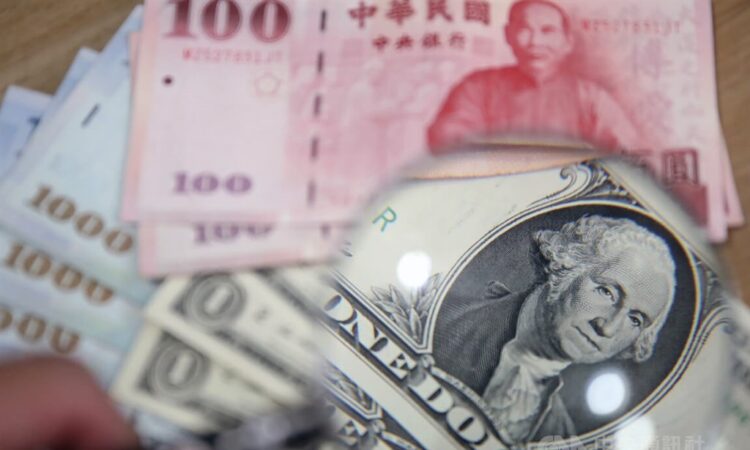
Taipei, April 1 (CNA) The United States remained the largest debtor nation to Taiwan’s banking sector for the 30th consecutive quarter as of the end of December 2022, with Taiwanese banks’ exposure to the U.S. market hitting a record high, according to the central bank.
Data compiled by the central bank showed that outstanding claims by Taiwan’s banking sector to the U.S. totaled US$139.36 billion, up US$4.52 billion or 3.35 percent from the end of September, marking the fourth quarter the exposure has moved higher on a quarter-to-quarter basis.
Pan Ya-hui (潘雅慧), deputy head of the central bank’s Department of Financial Inspection, said the quarter-on-quarter exposure value growth to the U.S. is the highest among the top 10 debtor nations to the local banking sector, as the Federal Reserve launched an aggressive rate hike cycle to boost U.S. treasuries and bond yields and make certain investment instruments more attractive, which pushed up investments from Taiwan.
According to the central bank’s statistics, the banking sector’s outstanding international claims totaled US$522.8 billion at the end of December, a 2 percent rise from the previous quarter. The increase largely reflected growth of lending to non-bank private institutions and the public sector, the central bank said.
At the end of December, the second largest debtor nation to the local banking sector was China, exposure to which stood at US$48.27 billion, up US$493 million or 1.03 percent from the previous quarter, the central bank said. The second spot claimed by China was unchanged from a quarter earlier, the central bank added.
Following the U.S. and China, Hong Kong retained third spot, although the Taiwanese banking industry’s exposure to the territory fell US$1.07 billion or 3.02 percent from a quarter earlier to US$34.23 billion at the end of December.
Pan said Hong Kong saw the steepest absolute decline in exposure from Taiwanese banks among the top 10 debtor nations in the fourth quarter in the wake of a drop in interbank loans.
Luxembourg was in fourth place with exposure from the local banking sector at US$33.60 billion at the end of December, down 5.41 percent from a quarter earlier, ahead of Japan, exposure to which hit US$32.26 billion, up 9.03 percent from a year earlier, the second largest absolute increase after the U.S.
Pan said the increase in exposure to the Japanese market reflected a 9.23 percent jump in the value of the Japanese yen against the U.S. dollar, so when the exposure to the country was converted from the yen to the greenback, the value increased accordingly.
Australia took sixth place as exposure from the local banking sector stood at US$29.05 billion at the end of December, up 2.71 percent from a quarter earlier, followed by Singapore (US$17.96 billion, up 0.83 percent), Vietnam (US$17.34 billion, down 4.57 percent), the United Kingdom (US$17.13 billion, down 3.77 percent, and the Cayman Island (US$16.99 billion, down 1.16 percent).
Pan said the decline in exposure to Vietnam came as the country saw an economic slowdown in the second half of last year and Taiwanese banks scaled back their lending to the Southeast Asian country.
According to the central bank, Vietnam became the country’s 10th ranked debtor for the first time in the first quarter of 2021, and exposure then increased, pushing Hanoi up to 7th place in the second quarter of 2022 before falling to 8th in the fourth quarter of last year.
Taiwanese banks’ exposure to the top 10 debtors reached US$386.19 billion at the end of December, up 2.0 percent from a quarter earlier, and accounting for 73.86 percent of the banking sector’s total outstanding international claims, the central bank said.





